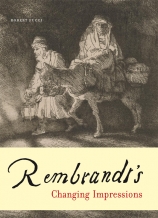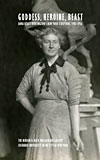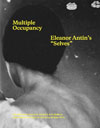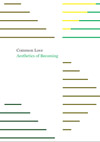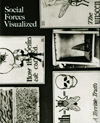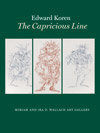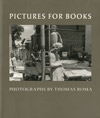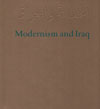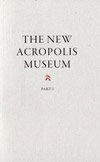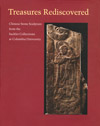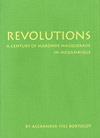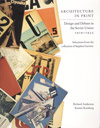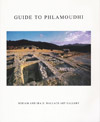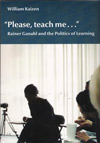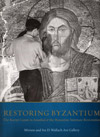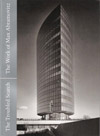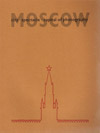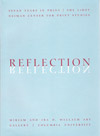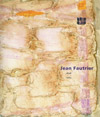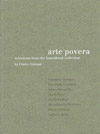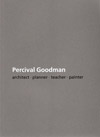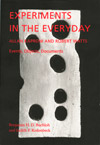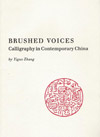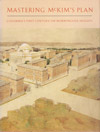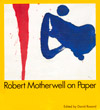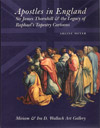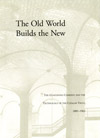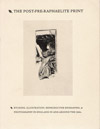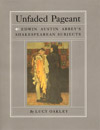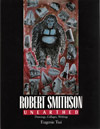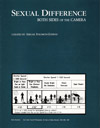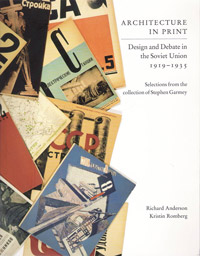
Architecture in Print
Design and Debate in the Soviet Union 1919–1935
Selections from the Collection of Stephen Garmey
Richard Anderson and Kristin Romberg
Wallach Art Gallery, 2005
11 x 9", 78 pp., 73 illus., 54 in color
ISBN 1-884919-18-9, Paper, $30
In the early 20th century, the Soviet architectural press became a forum for an extraordinary group of artists, designers, architects, and theorists to converge in debate over the shape of their present and future built environment. The visually stunning and rhetorically innovative publications include major contributions by many the most brilliant artists and graphic designers of the Russian and Soviet avant–garde: Aleksei Gan, Gustav Klutsis, El Lissitzky, Aleksandr Rodchenko, the Stenberg brothers, Varvara Stepanova, and Solomon Telingater. Moreover, magazines such as Sovremennaia arkhitekura (Contemporary Architecture) and Stroitel'stvo Moskvy (Construction of Moscow) were the primary sites on which many of the most important architects of the period–Moisei Ginzburg, Ivan Leonidov, Konstantin Melnikov, and the Vesnin brothers–developed their ideas and projects.
Richard Anderson and Kristin Romberg, both Columbia University doctoral candidates in art history are the co–curators of the exhibition and primary authors of the catalogue. Richard Anderson's essay, "The Journal States its Aims: Partisanship and the Party Line in the Soviet Architectural Press," concerns the material, cultural, and typographic production of three major Soviet architectural periodicals. Kristin Romberg in "From Veshch' to SA: Journal as Object" examines the tensions between autonomous art object and mass medium that are inherent in the evolution of the Soviet avant-garde journal as a form. The catalogue also contains a short introduction by Jean-Louis



